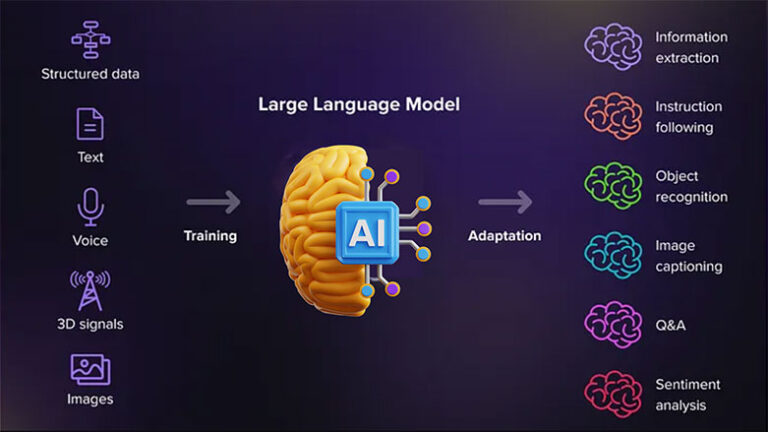Explainable Reinforcement Learning (XRL)
What is Explainable Reinforcement Learning (XRL)?
Explainable Reinforcement Learning (XRL): Making AI Decisions Transparent
In recent years, artificial intelligence (AI) has made significant advancements in various fields, including healthcare, finance, and transportation. One area where AI has shown great promise is in reinforcement learning, a type of machine learning where an agent learns to make decisions by interacting with its environment and receiving feedback in the form of rewards or penalties. However, as AI systems become more complex and autonomous, there is a growing need for transparency and explainability in their decision-making processes. This is where Explainable Reinforcement Learning (XRL) comes in.
What is Explainable Reinforcement Learning (XRL)?
Explainable Reinforcement Learning (XRL) is a subfield of AI that focuses on developing algorithms and techniques that provide explanations for the decisions made by AI agents in reinforcement learning tasks. The goal of XRL is to make AI systems more transparent and interpretable, allowing users to understand why a particular decision was made and how it can be improved.
One of the main challenges in reinforcement learning is that the decisions made by AI agents are often based on complex interactions between the agent’s environment, its actions, and the rewards it receives. This makes it difficult for users to understand why a particular decision was made and whether it was the right decision to make. XRL aims to address this challenge by developing methods that can provide explanations for the decisions made by AI agents, making their behavior more understandable and predictable.
Why is XRL important?
Explainable AI is becoming increasingly important as AI systems are being deployed in real-world applications where decisions have significant consequences. For example, in healthcare, AI systems are being used to diagnose diseases and recommend treatments, and it is crucial for doctors and patients to understand why a particular diagnosis was made and how it can be trusted. Similarly, in finance, AI systems are being used to make investment decisions, and it is important for investors to understand the rationale behind these decisions before committing their money.
XRL can also help improve the performance of AI systems by identifying biases and errors in their decision-making processes. By providing explanations for the decisions made by AI agents, XRL can help users identify and correct these biases, leading to more accurate and reliable decision-making.
Methods and techniques in XRL
There are several methods and techniques that have been developed in XRL to provide explanations for the decisions made by AI agents. One common approach is to use attention mechanisms, which allow AI agents to focus on specific parts of their environment when making decisions. By visualizing the attention weights of the agent, users can understand which features of the environment are most important for the agent’s decisions.
Another approach is to use counterfactual explanations, which involve generating alternative scenarios in which the agent could have made different decisions. By comparing these counterfactual scenarios with the actual decisions made by the agent, users can understand why a particular decision was chosen and how it could have been improved.
XRL can also leverage human feedback to provide explanations for the decisions made by AI agents. By allowing users to provide feedback on the agent’s decisions, XRL algorithms can learn to generate explanations that are more understandable and relevant to the user.
Challenges and future directions
While XRL has shown great promise in making AI decisions more transparent and interpretable, there are still several challenges that need to be addressed. One of the main challenges is the trade-off between transparency and performance, as providing explanations for AI decisions can sometimes come at the cost of accuracy and efficiency.
Another challenge is the need for standardized evaluation metrics and benchmarks for XRL algorithms. Without a common set of metrics and benchmarks, it is difficult to compare the performance of different XRL algorithms and assess their effectiveness in real-world applications.
In the future, researchers in XRL will need to focus on developing more robust and reliable methods for providing explanations for AI decisions. By addressing these challenges and advancing the field of XRL, we can make AI systems more transparent, accountable, and trustworthy in the decisions they make.



